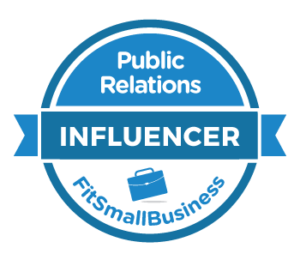David Carr’s Media Equation column in the NY Times on Monday discussed how the online world is forcing
 a shift in the way headlines are crafted.
a shift in the way headlines are crafted.
In addition to explaining how the perpetual search of just about everyone for more search engine juice and eyeballs affect the way that headlines are crafted, he pines for the headlines of yesterday’s print-dominated world:
… it’s a long way from the poetics of the best of print headlines.
And not just The New York World at the turn of the century, which had
wedding cake headlines that spilled gloriously down the page. Think of
the expansive headline on The Wall Street Journal’s article on
passengers trapped on a Northwest flight:
Wedding cake headlines? Sounds yummy, made me hungry and curious so I hunted down an image of the New York World which you see to the right.
I have blogged often about the importance of good headline writing (see my post Crafting Headlines that Pop). Attention is now king (sorry content, you have been deposed), and whether you are writing the subject line of an email or a tweet, or press release headline, the words in the initial approach determine whether the reader will read further.
I don’t understand or agree with everything in the article but Carr does make some excellent points and sheds light on a few things I didn’t know. He discusses the implications of a world in which headlines are written for machines rather than people to drive traffic based on improved SEO. He says
Headlines in newspapers and magazines were once written with readers in
mind, to be clever or catchy or evocative. Now headlines are just there
to get the search engines to notice. In that context, “Jon StewartGlenn Beck”
is the beau ideal of great headline writing. And both Twitter and
Facebook have become republishers, with readers on the hunt for links
with nice, tidy headlines crammed full of hot names to share with their
respective audiences.
Slams
Keep in mind that all of the things that make headlines meaningful in
print — photographs, placement and context — are nowhere in sight on
the Web. Headlines have become, as Gabriel Snyder, the recently
appointed executive editor of Newsweek.com,
said, “naked little creatures that have to go out into the world to
stand and fight on their own.”
This has me confused – the context is different and in some cases barely there (e.g. with Twitter) but there most assuredly is context online, and it is often very rich. Perhaps he is talking about Twitter, or headlines skimmed by a newsreader that are shown independent of context.
The Huffington Post is very advanced in this regard. Carr writes:
The Huffington Post knows its way around search engine optimization, or
S.E.O. as it’s known. A story about whether the president would play
golf with Rush Limbaugh was headlined: “Obama Rejects Rush Limbaugh Golf Match:
Rush ‘Can Play With Himself.’ ” It’s digital nirvana: two highly
searched proper nouns followed by a smutty entendre, a headline that
both the red and the blue may be compelled to click, and the readers of
the site can have a laugh while the headline delivers great visibility
out on the Web.
The Huffington Post sometimes tests two different headlines in real time
to see which the audience is responding to. (“How to Reduce Your Oil
Footprint” did better than “How to Say No to Big Oil and Reduce Your Oil
Footprint.” Go figure.) The site also uses its Twitter account to
solicit reader suggestions on headlines. Arianna
Huffington, editor in chief and a founder of the site, rejects any
notion that it is dumbing down in search of eyeballs.
Regarding long headlines, Carr writes:
There’s no room for that kind of discursive, descriptive run-on on the
Web….
Google’s crawlers and aggregators like Digg quit paying attention after
60 characters or so, long before readers might.
The article also includes commentary from Nick Denton and others on the evolving art of the headline.


